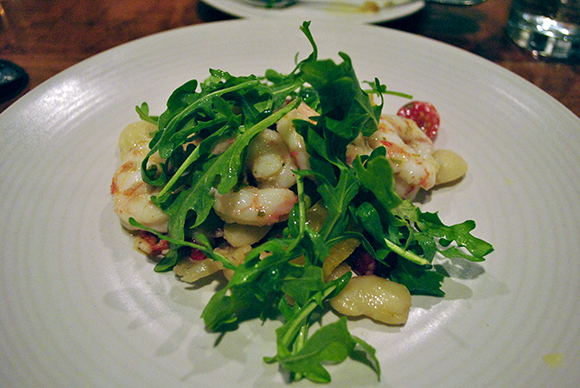
{This is a three part series. Read Part I and II of How New Orleans Marches On.}
The last supper. It was prepared by four chefs: Brian Landry from Louisiana, Wesley True from Alabama, Randy Evans from Texas and Derek Emerson from Mississippi. Before we broke bread at Borgne Restaurant, we had a round table discussion to clarify common misconceptions about Gulf seafood.
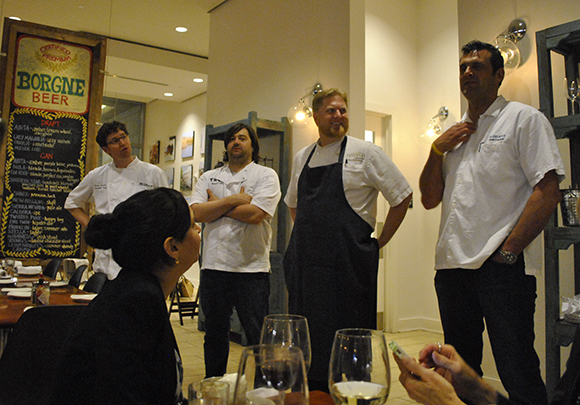
When the oil spill happened, the instant solution was to release fresh water into the saltwater lakes. In the short-term, it was an effective strategy. In the long-term, it was suicide for marine wildlife. Within 72 hours of the oil spill, the fishing grounds were closed, in which no oil contaminated seafood entered the market. As mentioned in part II of this series, the Gulf seafood industry is in the midst of learning how to economically recover after Mother Nature’s many wraths and a man made disaster. Currently, there are major freshwater diversion projects, including one initiative to building land preventing fresh water from entering salt water lakes.
Sometimes, industries are force to change because of years of self-inflicted damage. However, The Gulf Seafood had nothing to do with their current dilemma of how to change people’s perceptions about the quality of their industry. Despite demonstrating one of the world’s most rigorous testing systems of seafood, consumers still don’t believe in Gulf Seafood being clean. Although, chefs are increasingly requesting Gulf seafood, experts also acknowledge, there are many people with a “fish stick” type of thinking, in which they rarely buy fresh seafood. And, there’s plenty of people with unrealistic high standards for seafood. Those are the individuals, who expect seafood to have a consistent taste every time it’s served–even when it’s off-season. Someone recommended Chefs create menus based on which type of seafood is actually available.
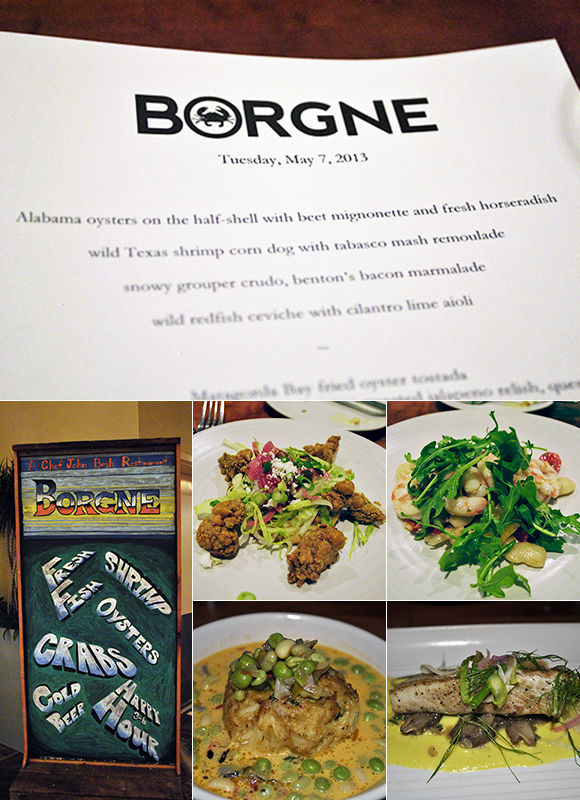
With a few storms and a man-made disaster, other environmental problems that have been largely ignored, are now being directly addressed. The seafood industry has dealt with chemical runoffs from farms located further north along the Mississippi river, such as Iowa, that creates dead-zones–an oxygen poor area without life–in the Gulf. In 2004, the Gulf of Mexico Alliance (GOMA) was formed by the governors of Alabama, Florida, Mississippi, Louisiana and Texas to address ecological and economic problems of the Gulf.
After the round table discussion, we were treated to a seafood dinner at Borgne. Remember in Part I of this series, on how I mentioned pictures were seldom taken when enjoying a dish, because I want to savor each bite? We went crazy for the appetizers. I don’t regret not taking pictures, because the memories of taste will always be savored. My favorite was the Texas Shrimp Corn Dog, in which the chef replace the hot dog with shrimp. One of the the main-course meals included a crab cake (with very little fillers) served with 3 Pea Salad and Yellow Tomato Parmesan Broth. The evening ended with a Chocolate Hazelnut Puddin’. I ended the night casually walking around the French Quarter and listening to a bluesy jazz band. A few hours later, our plane took off from sunny Louisiana and landed in rainy New York City.
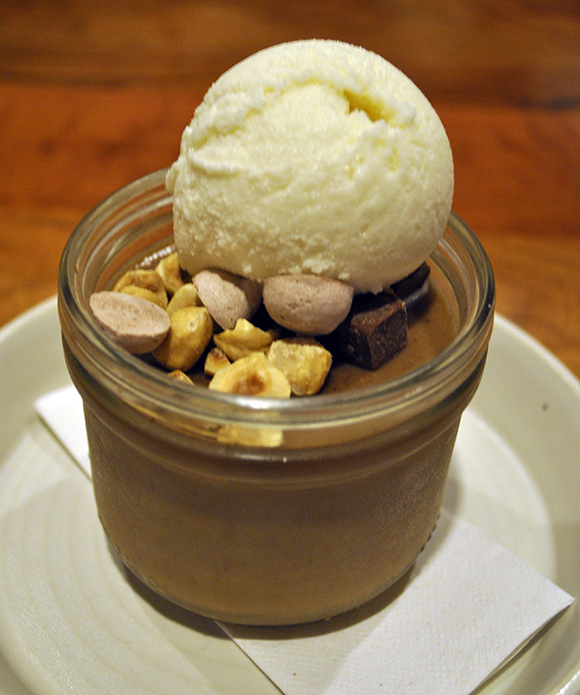
The Gulf of Mexico is the foundation of many people’s livelihoods. What was destructive, became an opportunity to learn. From this growth period, emerges an improved industry ready to compete on a global level, in which seafood worldwide is much cheaper. However, if quality in seafood is preferred over price, the Gulf Seafood is starting off on a strong marching beat.
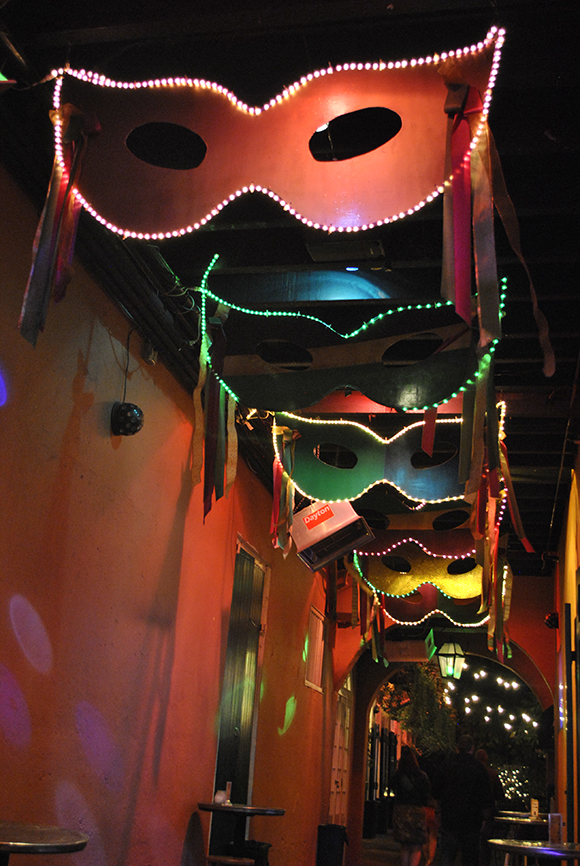
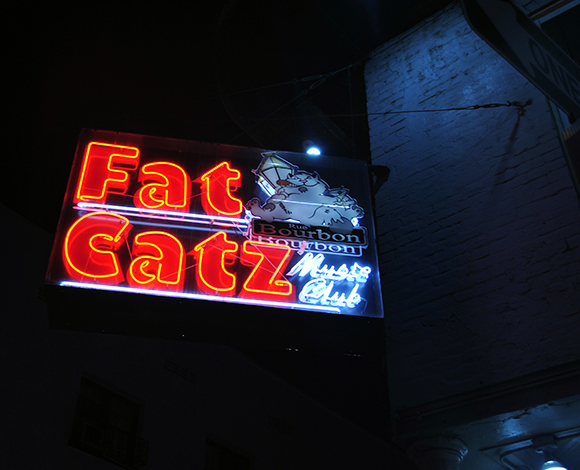
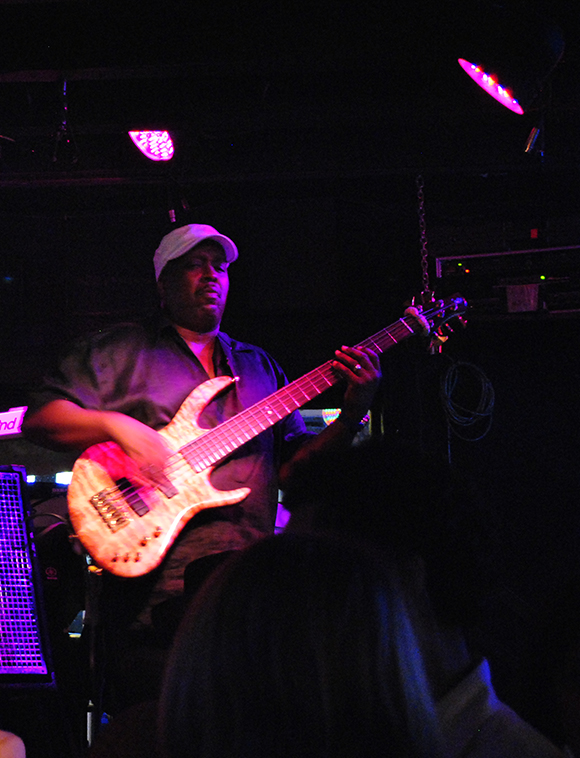
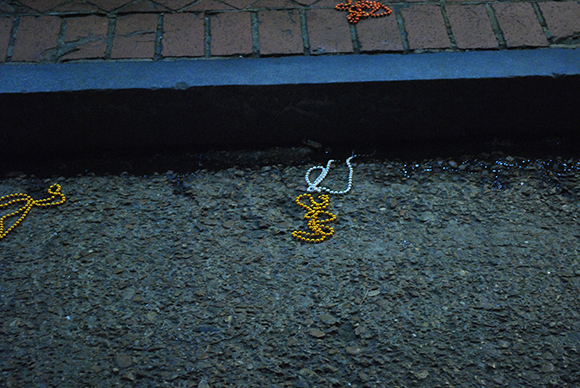
MyLifeRunsOnFood.com would like to specially thank The Gulf Seafood Marketing Coalition and their affiliates for the opportunity to learn about New Orleans, marine wildlife and for the good food.
[subscribe2]